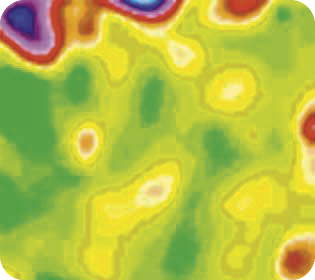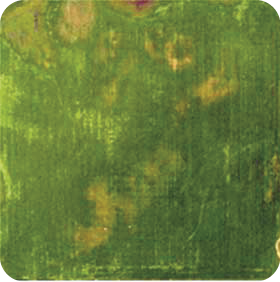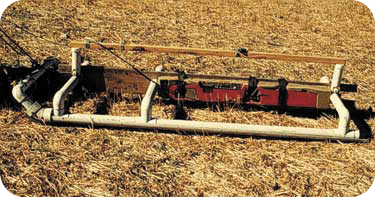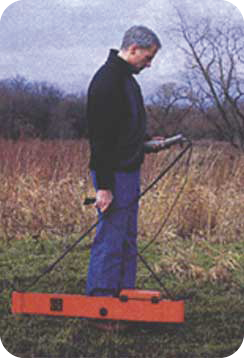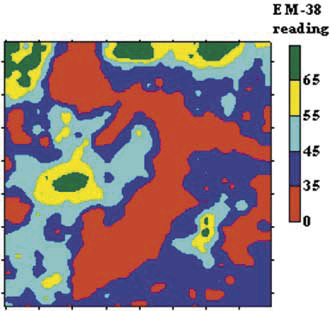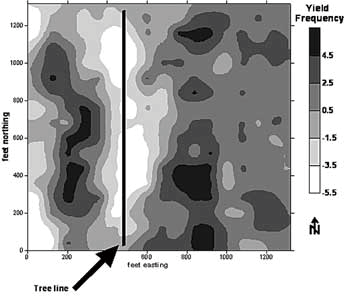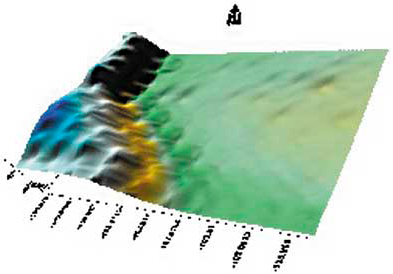Title
Site-specific Farming: Developing Zone Soil Sampling Maps
(SF1176-2, Reviewed Feb. 2023)File
Publication File:
SF1176 Site-specific Farming: Developing Zone Soil Sampling Maps
Summary
This circular, although originally published in 2008 is still relevant and useful as is. Although almost half of the ND farmers utilize some site-specific technology, the other half would also benefit from its use.
Availability
Availability:
Web only
Publication Sections



